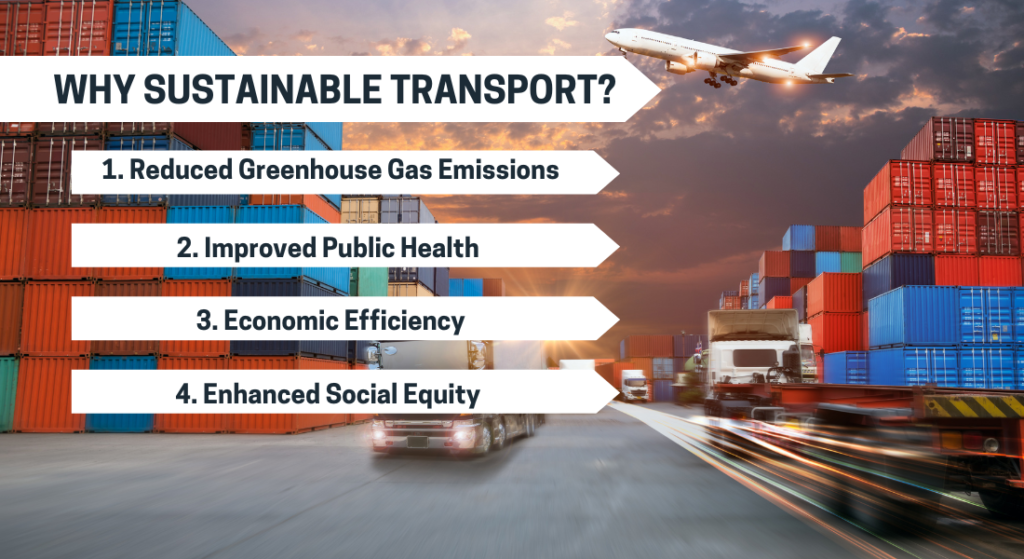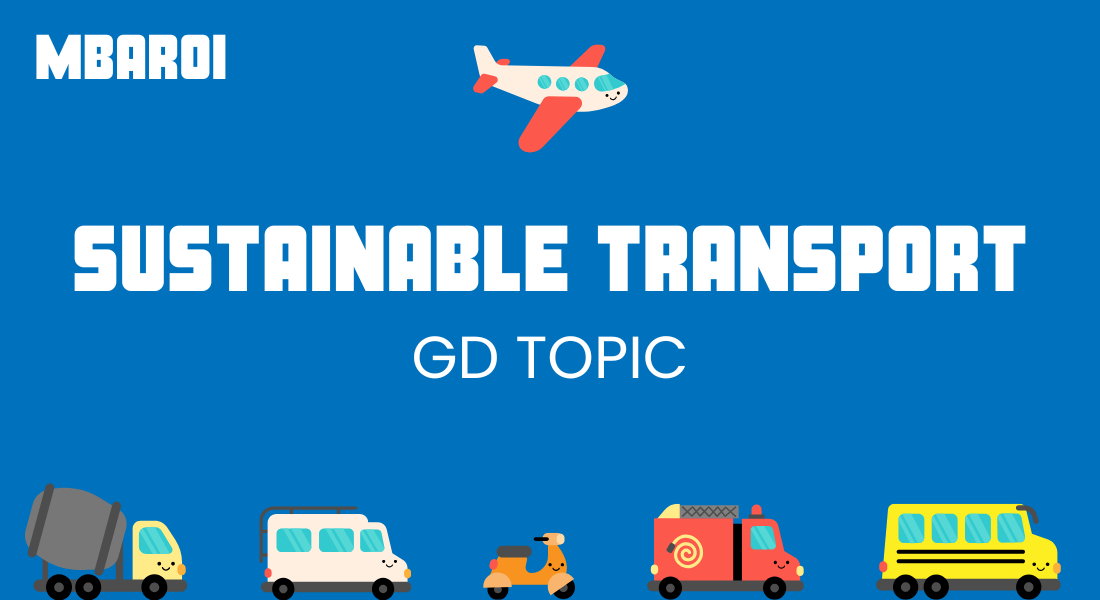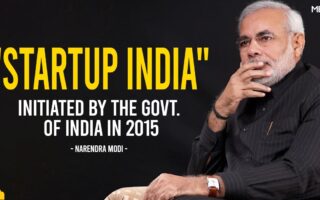Sustainable transport GD Topic is vital as climate change, urbanization, and resource depletion negatively affect global communities. Transportation contributes to environmental and social issues, so, it becomes a pivotal subject for group discussions (GD) across academic, corporate, competitive platforms and more. One of the most developed countries in the world- Sweden sets an example by running 100% renewable trains & buses in Stockholm. This shows the need for sustainable transport.
In this blog, we will discuss sustainable transport, its significance, challenges, and solutions that will help you ace sustainable transport GD topic sessions.
Understanding Sustainable Transport
Sustainable transport as the name suggests is a method of transportation that minimizes environmental impact and saves resources. Choose electric vehicles (EVs), public transport, cycling, walking, and co-traveling to encourage sustainable transport. The objective of sustainable transport is to meet current transport needs without compromising future generations. Opting for viable means of transport will also mean a less contaminated environment, economic benefits, reduced noise pollution and so much more.
Why is Sustainable Transport Critical?
– Climate Change: The International Energy Agency (IEA) says transportation contributes 23% of global energy-related CO2 emissions, making sustainable transport a big reason to be adopted soon by all countries.
– Urbanization Pressures: 68% of the world’s population will live in urban areas as per the United Nations. This means the need for eco-friendly transportation will increase in the future.
– Air Pollution: Indian vehicles emit over 40% of urban air pollution. It affects public health and mortality rates. And is high time, we shift to eco-friendly transportation because we are a large population and changing our means will create a huge impact.
Global Statistics Highlighting the Need for Sustainable Transport
– According to the World Health Organization (WHO), air pollution is the reason for 7 million premature deaths yearly and transportation is one of the biggest contributors.
– There are around 1.4 billion vehicles in the world out of which only 16.5 million are electric vehicles- Source IEA 2022. It means we are way behind in accepting electric vehicles.
– One example of improved urban mobility is Copenhagen where citizens made 40% of trips by bicycle.
India’s Scenario: Transport and Sustainability
Let’s talk India now-
– The transport sector, in India, contributes 12% of CO2 emissions. This data highlights the need for sustainable transportation especially in India with the highest population in the world.
– The Ministry of Road Transport and Highways reports that the country has registered over 326 million vehicles (2023) and private vehicle ownership is increasing.
– India is shifting towards sustainability by taking initiatives such as metro rail expansion and adopting programs like the Faster Adoption and Manufacturing of Electric Vehicles (FAME).
Benefits of Sustainable Transport

1. Reduced Greenhouse Gas Emissions:
Electric Vehicles emit 40-50% less CO2 compared to internal combustion vehicles. So, switching to EVs, public transport, and cycling would be a better option if our goal is to lower emissions significantly. Imagine if every one of us takes a step towards a greener environment by using fewer private vehicles and walking more. That would bring a change, for sure.
2. Improved Public Health:
Less fossil-fuel vehicles mean cleaner air. And that decreases respiratory and cardiovascular illnesses. Also, when you opt for more walking and cycling, you are in better health. So, it’s a win-win situation: you are becoming fit and your environment is becoming more amicable.
3. Economic Efficiency:
Sharing your car, taking public transportation, or even using bikes will help save you money. One step two solutions- save the environment and save money. Sound like a plan to me!
4. Enhanced Social Equity:
Affordable and accessible transport like metro or public busses with good amenities will also bridge social divides. Everyone from all demographics can take public transportation. So, having a specific high-end car or having no car will not create social division, because everyone is taking public transport. These are some major benefits of sustainable transport.
Challenges in Adopting Sustainable Transport
1. Infrastructure Gaps:
– India has only 10470 EV charging stations and those are spread across 849 cities as of 2024. This shows that our country is not ready to fill the growing EV demand.
– Also, we don’t have cycling lanes and pedestrian-friendly roads and that leads to most people taking motor vehicles.
2. High Initial Costs:
Currently, EVs and renewable energy-powered vehicles are not very affordable for most people (even after the government offers subsidies for buying EVs). These definitely will save you money in the long run but upfront costs remain high.
3. Behavioral Resistance
People traveling comfortably in their personal vehicles will have a difficult time sharing vehicles with someone else or taking public transport. More awareness is required for belief shifting. And for that government can take certain initiatives, run campaigns, and even show examples of positive change every person can bring.
4. Limited Options:
In rural and suburban areas, there are very limited options for public transport. For example- there’s only one train or bus that takes passengers from village to town and that runs only once or twice a day. This creates the need for having private vehicles.
Solutions and Innovations Driving Sustainable Transport
1. Electric Vehicles and Hybrid Cars:
– As per NITI Aayog, India aims for 30% EVs in personal cars by 2030. This will significantly reduce the dependency on fossil fuel-powered vehicles.
– Tata Motors and other Indian manufacturers who are producing vehicles are moving towards EV adoption. Because they know that the future is going to be sustainable transportation.
2. Mass Transit Systems:
– Delhi and Mumbai have great metro and railway trains that significantly reduce dependency on private vehicles.
– BRT (Bus Rapid Transit) systems are operating in 10 cities in India and are very much liked by people for reliable and cost-effective travel.
3. Shared Mobility
– Indian cab companies have integrated carpooling, ride-sharing, and bike-sharing schemes in their apps. This not only saves customers money but is a great way to reduce emissions in populated countries like India.
4. Active Transport For Better Health
– 41 cities in India offer cycle lanes to promote eco-friendly commuting. Bangalore and Delhi are now building similar lanes for sustainable commuting.
How to Approach Sustainable Transport-GD Topic
When participating in a group discussion, use these tips to stand out-
1. Don’t forget to cite stats, like India is contributing around 12% of CO2 emissions from transport and this needs to go down.
2. Acknowledge the challenges that come with adopting sustainable transportation (such as high cost) but also put forward the ongoing solutions mentioned above.
3. Discuss futuristic technologies like EVs, hyperloop systems, or hydrogen-powered trains and how can these replace traditional petrol/diesel-powered vehicles. Mention the drastic impact as well.
4. Keep in mind to connect global trends and their significance to India’s sustainable transportation initiatives. This will show your future sightedness and your ambition towards changed future for better.
Conclusion
Sustainable transport is neither an ongoing trend nor just a theoretical concept. It’s a need of the hour for a cleaner, healthier, and more inclusive future. All the data above shows how much transportation adds to emissions and its negative contributions to the environment are not to be neglected. Having innovative solutions, strong policies and behavioral shifts especially for urban areas is essential. For a GD on the Sustainable Transport GD Topic, mix global insights into India’s steps toward sustainability, and suggest some practical ideas.
And you, reading this, please start using sustainable transportation!
Read these: https://mbaroi.in/blog/quick-commerce-vs-brick-and-mortar-store-the-battle-for-retail-supremacy/,
https://mbaroi.in/blog/india-vs-canada/ ,





